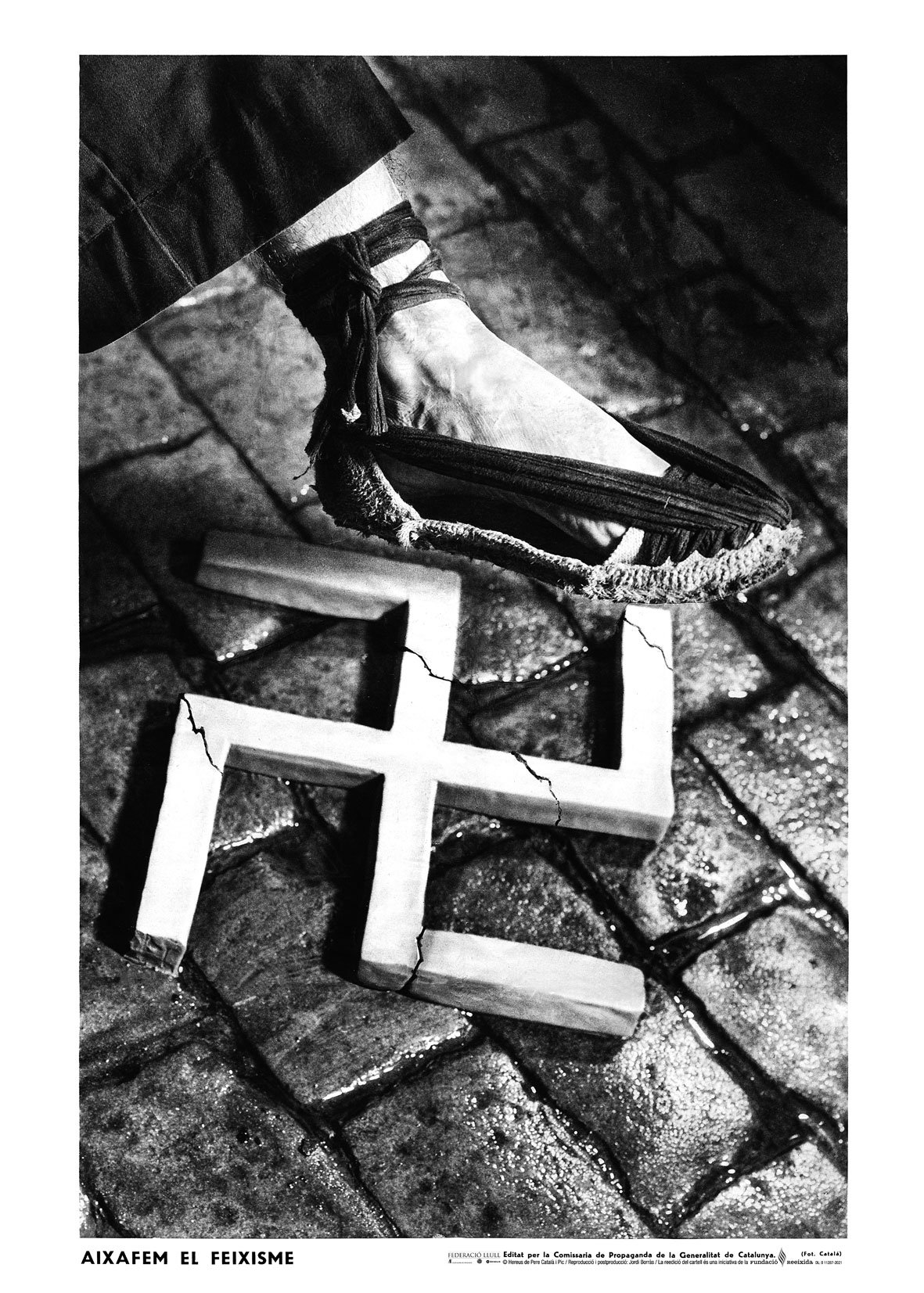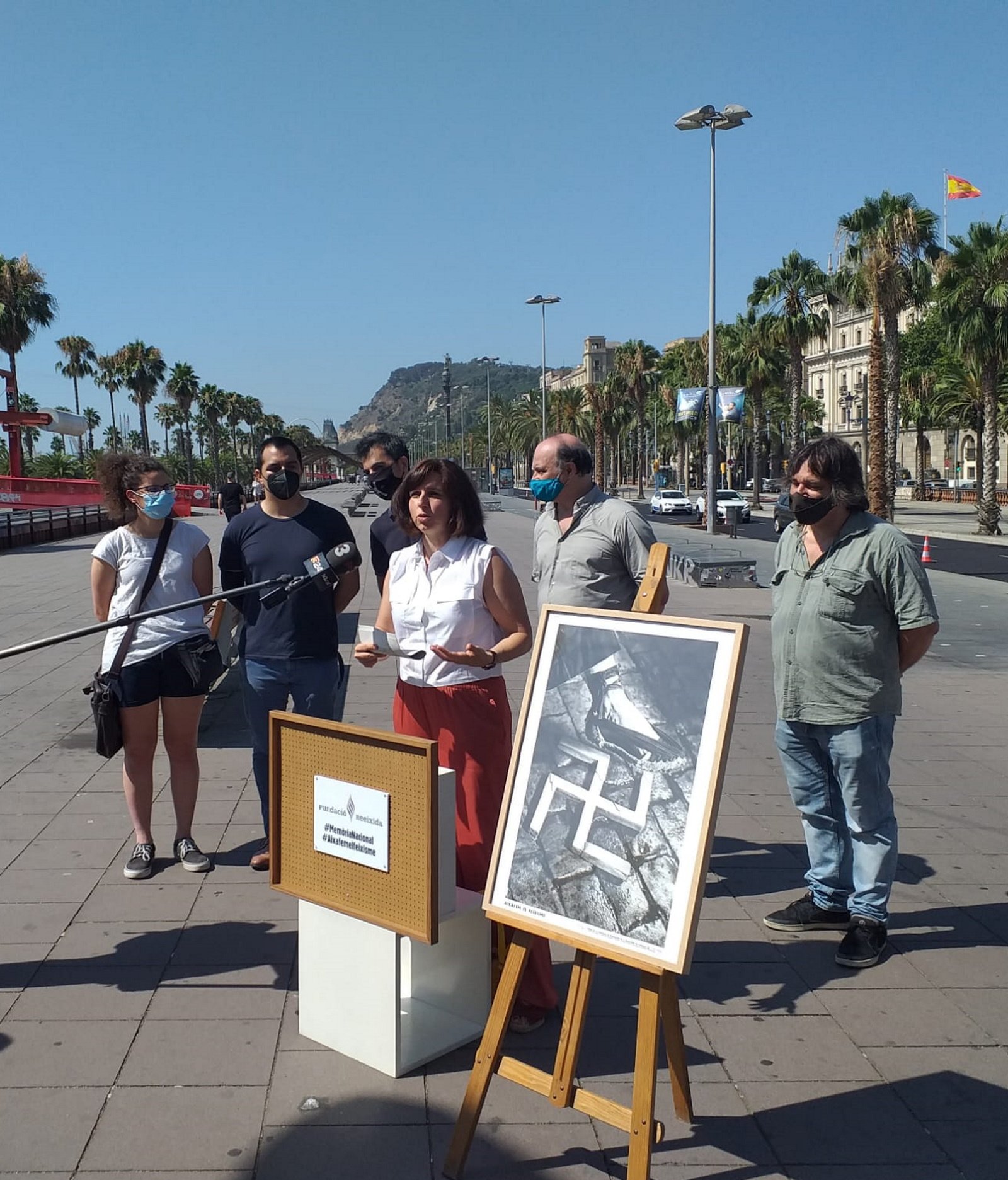It was on sultry days like these, exactly 85 years ago - to be precise, on July 18th and 19th, 1936 - that a large part of the Spanish army rose up against the left-wing government of the Popular Front, just five years after the start of Spain's only real experiment with republican democracy, the Second Republic. But in Barcelona, the coup was defeated thanks to active, armed opposition from anti-fascist militias and loyalist forces.
In fact, unlike some other parts of the Spanish state, in Catalonia the opposition to the coup and to the fascist and Nazi movements was very strong. There were many reasons for this. For one, Barcelona was an industrial centre, a city of workers and of the left, which had become organised, and it was also a city where much of the capitalist right had a different identity and concept of its interests than the conservative Spanish establishment. The Spanish military coup arrived after a tumultuous half-decade in which Catalonia had restored its self-government - and twice declared independence - and presidents Francesc Macià and Lluis Companys had presided over a chaotic but intense period of political, social and cultural flowering. And among the many elements produced in the period, some powerful political messaging and propaganda.
Eighty-five years after those events which started the Spanish Civil War, the Fundació Reeixida has presented a re-issue of one of the most famous and iconic anti-Nazi posters in all of history. This is the poster known as Let's Smash Fascism (Aixafem el feixisme), created by the publicist and writer Pere Català i Pic (born in Valls, Alt Camp, 1889; died in Barcelona, 1971).

The 'Smash fascism' poster, by Pere Català i Pic
"The poster was published in the first weeks of the civil war, when most of the other posters that were made were also painted. Those were good, but this one by Pere Català is something different, because it has no slogans or bright colors," said members of the Foundation, emphasizing how it has become emblematic, as they held a presentation of the re-published poster this Monday morning, right in front of the Captaincy-General of Barcelona in the heart of the Catalan capital.
The reprint has been made on 160 grams paper, in a format of 70x50cm and the tasks of reproduction and postproduction (with the critical digital restoration of the original) were entrusted to photographer Jordi Borràs. In fact, the original of this large poster was hidden by Pere Català i Pic in a double-bottomed suitcase, in order to preserve it from the persecution of the Francoists. It was left there after the death of its creator, Pere Català i Pic, until his son Pere Català i Roca found it hidden and folded up.
The event was attended by a delegation from Òmnium and the first deputy speaker of the Catalan Parliament, Alba Vergés. The re-edition has been carried out with the assistance of the Llull Federation (which includes Òmnium Cultural, Acció Cultural del País Valencià and Obra Cultural Balear), the 80 key bookshops in the Catalan-speaking countries that have already made the poster available, and different Internet portals.
How was it created?
The photographer's sons, Francesc Català-Roca and Pere Català i Roca, bought clay from a seller on Barcelona's Carrer Tallers, to form the swastika in a mould. Then, at night, the photographer and his son Francesc (who was fourteen at the time) went to the Captaincy-General on what is now Passeig de Colom.
Located at the entrance, with all the photography equipment ready and a couple of spotlights, they wet the cobblestones with water to make them shine. They portrayed the foot of a Mossos d'Esquadra police officer - clad in an espardenya, traditional Catalan footwear - poised a few inches above the ground where the swastika lay.
From that photographed moment, an image that went around the world was developed, to became one of the first posters from the Catalan Generalitat's Commission of Propaganda, printed in a large size (1 metre by 70 centimetres), which caught everyone’s eye. At a time when World War II had not yet begun.
Main image: Presentation of the re-issue of the poster 'Smash fascism' by the Fundació Reeixida / Photo: Marc González

